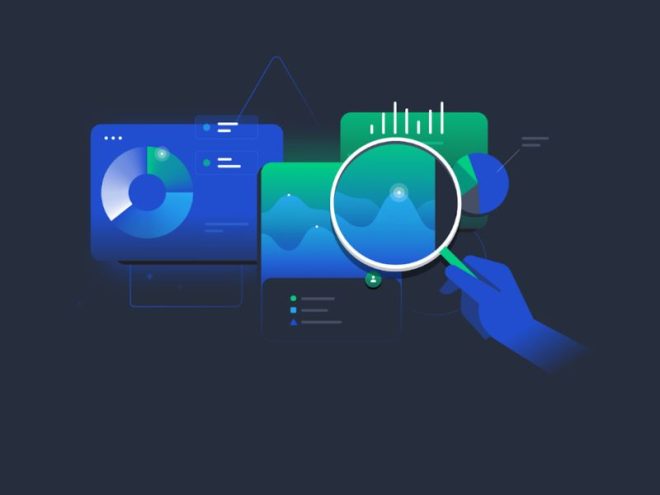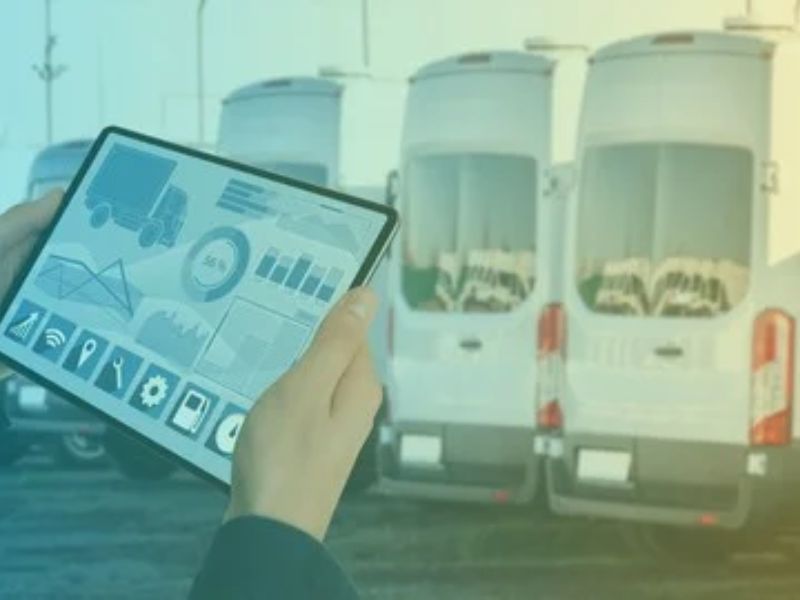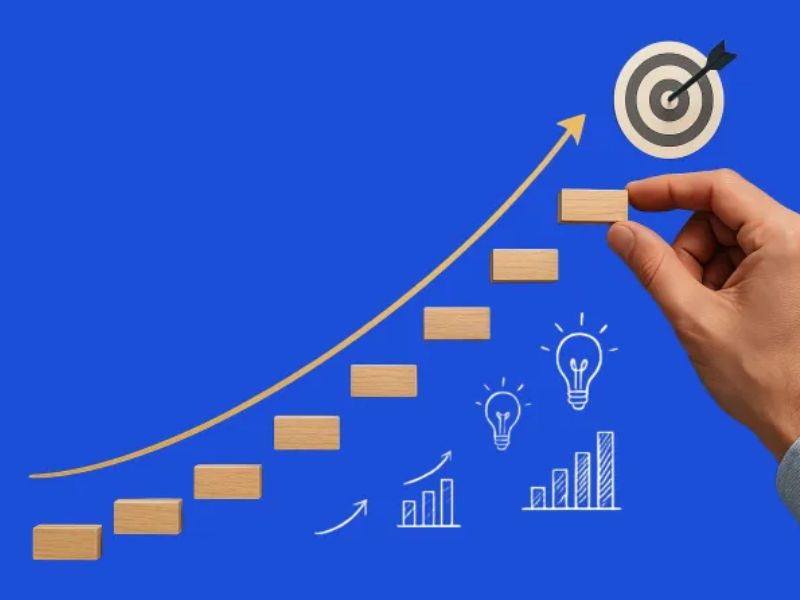Data visualization tools are invisible sources used for creating visual representations of data. These tools vary from simple tools like Excel and Google Charts to powerful solutions such as Tableau and Power BI. They support a diverse range of visualization types, including charts, maps, infographics, and dashboards. Choosing the right tool depends on the complexity of the data, your technical skill level, and the specific analytical needs. Would you like to know about the types of data visualization tools? If yes, continue reading this blog!
This blog offers a comprehensive overview of data visualization tools, covering their definitions, types, features, and benefits.
What is Data Visualization?
A Data visualization is an excellent approach for the graphical representation of information and data. This tool uses visual elements, such as charts, graphs, and maps, to provide an accessible way to see and understand trends, outliers, and patterns in data. It helps translate complex datasets into an easily digestible format, allowing you to identify significant insights that would otherwise be concealed in tables and spreadsheets. In short, this tool is important for better decision-making, effective communication, and identifying opportunities for improvement across many industries, including business, science, education, government, etc.
Different Types of Data Visualization Tools
Here are the most significant types of Data Visualization tools.
Business Intelligence (BI) Dashboards
Business Intelligence (BI) dashboards are a type of data visualization tool. BI dashboards act as interactive tools that enable you to monitor and analyze key performance indicators (KPIs) in real-time. They provide a comprehensive overview of business performance by often including numerous charts, graphs, and tables.
BI dashboards track progress towards goals, identify fields of concern, and make data-driven decisions, making them essential for these tasks. Tableau, Power BI, and Qlik Sense are popular BI dashboards that offer a variety of features like advanced analytics capabilities, drag-and-drop interfaces, and data connectors to various sources. Besides this, BI dashboards feature customizing and sharing dashboards, making them valuable for teams and organizations seeking to improve efficiency and gain a competitive edge.

Infographics
Infographics are data Visualization tools. They are visually appealing representations of data that allow users to combine text, images, and charts to tell a story. These tools can convey complex information in a simple and engaging way, which makes them a great choice for education, marketing, and public awareness campaigns. They capture the audience’s attention and make the data more memorable by often incorporating storytelling elements. Popular tools include Canva, Visme, and Piktochart, which offer templates and design elements, making it easier for professionals who want to create professional-looking infographics. They usually help users increase engagement, improve comprehension, and drive action, making it easy for them to create a valuable asset for any organization.
Geospatial Visualization
Geospatial visualization tools are a type of data Visualization tool. These tools are designed to display and analyze data related to geographic locations. These tools use a map to display and analyze data related to geographic locations. They understand special patterns, identify trends, and make informed decisions associated with urban planning, environmental management, and logistics. They use a wide variety of techniques, like choropleth maps, heat maps, and point maps, to visualize data. ArcGIS, QGIS, and Google Earth Engine are the top tools that offer advanced features that enable users to analyze and visualize geospatial data.
In addition, these data visualization tools help you identify fields of concern, optimize resource allocation, and enhance decision-making associated with geographic factors.
Scientific Visualization
Scientific visualization tools are popular kinds of data visualization tools designed to represent complex scientific data, such as experiments, simulations, and observations. They are good data visualization tools that enable researchers to explore and understand phenomena that may be difficult to visualize directly. They use a wide variety of techniques, such as volume rendering, isosurface extraction, and vector field visualization, to represent complex scientific data. Popular tools include ParaView, VisIt, and VTK, which offer advanced features for analyzing and visualizing scientific data. In addition, these tools are crucial for research in areas such as medicine, engineering, and environmental science, making them ideal for many users in the world.
Key Features of Data Visualization Tools
Here are the most common key features of Data Visualization Tools
Customization Options
Interactive Dashboards
Data Connectivity
Collaboration Features
Popular Companies in the Data Visualization Industry
Here are the top-rated companies in the data visualization industry.
Tableau
Tableau is a global leader in offering data visualization tools. Its data visualization tools are recognized for their intuitive interface and powerful analytics capabilities, making it ideal for many businesses. It features interactive dashboards, a drag-and-drop functionality, and advanced analytics. It is a popular choice among businesses of all sizes seeking data visualization tools to gain insights from their data.
Power BI
Power BI is another provider in the data visualization industry. It is a business analytics service from Microsoft, offering a wide range of services, such as interactive visualizations and business intelligence capabilities. Its well-known features like data connectors, interactive dashboards, and reporting features make it ideal for businesses of all sizes. In addition, Power BI is a popular platform for those who like to use Microsoft products.
Qlik Sense
Qlik Sense is a popular data analytics platform, offering a unique associative engine, which enables you to explore data in a non-linear way. It features interactive dashboards, a drag-and-drop functionality, and advanced analytics. It is also a popular choice among users because it is a great source for analyzing complex data based on the needs of businesses. You can also look at data in a non-linear way with the associative engine.
Google Charts
Google Charts is a web-based data visualization platform, offering an array of charts and graphs. This tool is easy to use and can be embedded in websites and applications, making it a top choice for many businesses that need to create simple visualizations quickly.
Conclusion:
Data visualization is an essential tool designed to help businesses understand and communicate complex information in today’s digital world. Users can unlock the potential of their data and transform it into actionable insights by choosing the right data visualization tools.



